Sing City | 3/5, Dusk To Dawn | 3.5/5
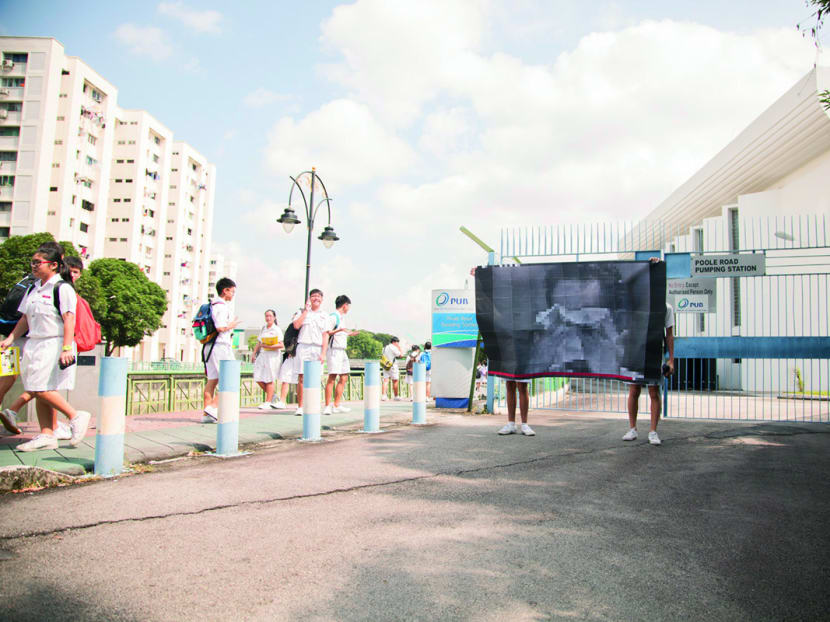
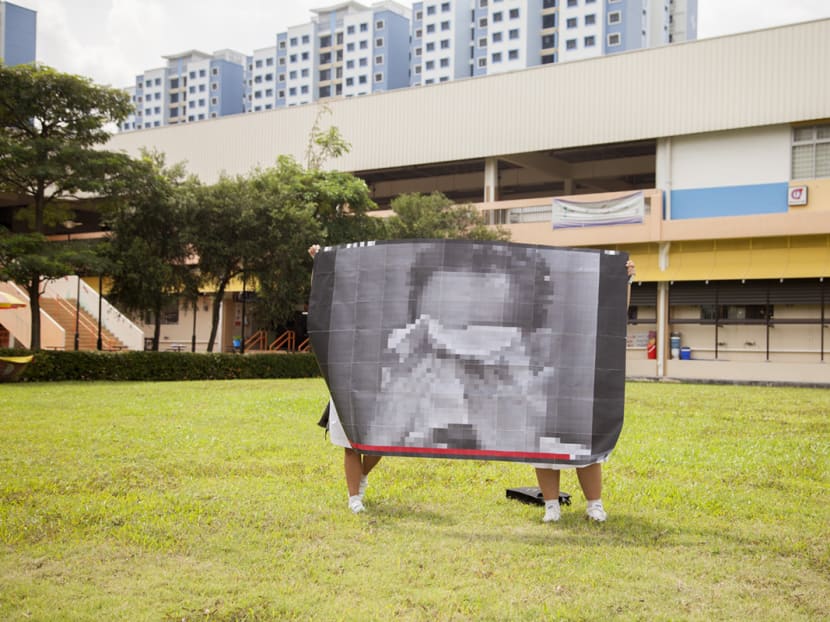
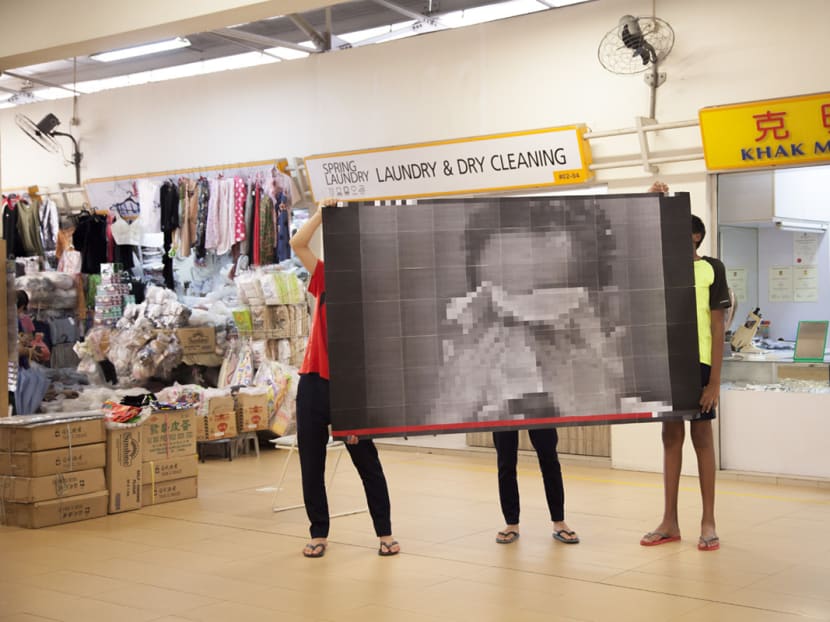
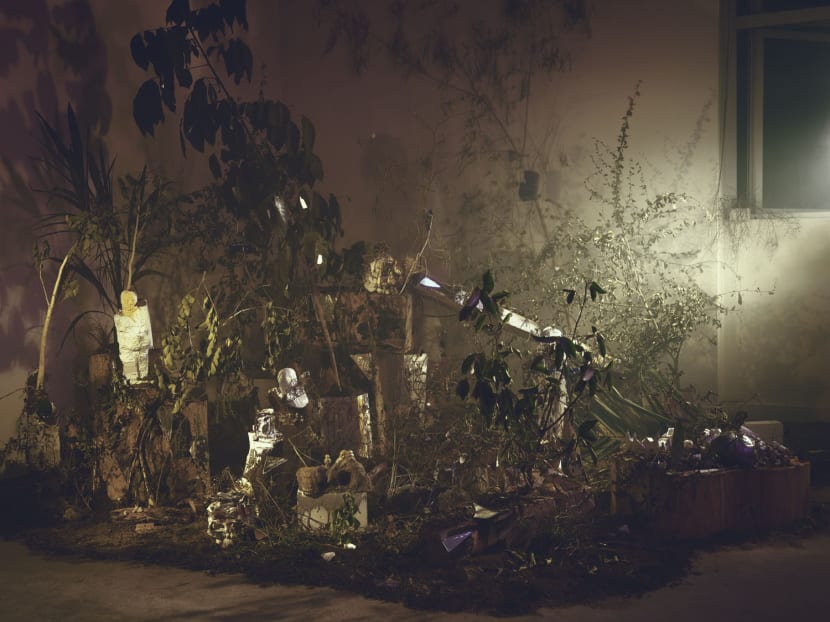
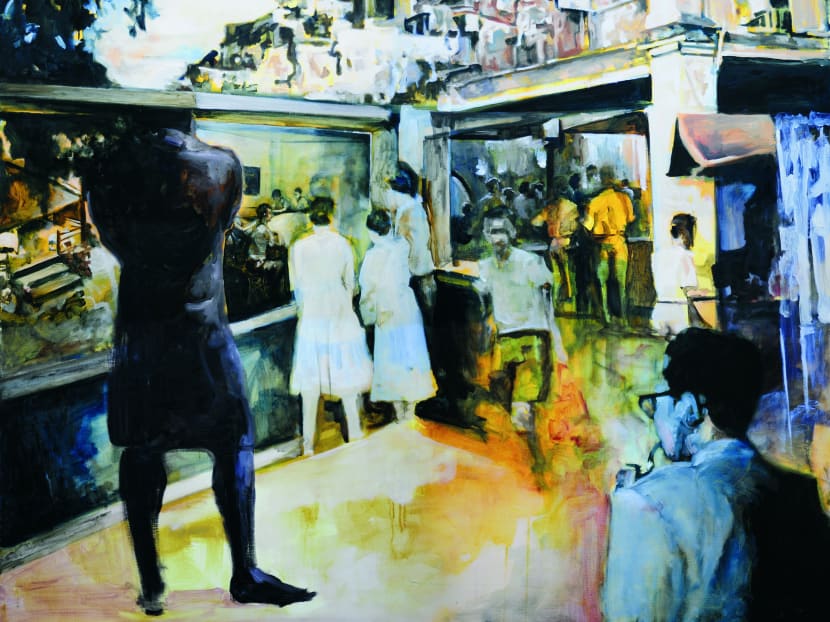
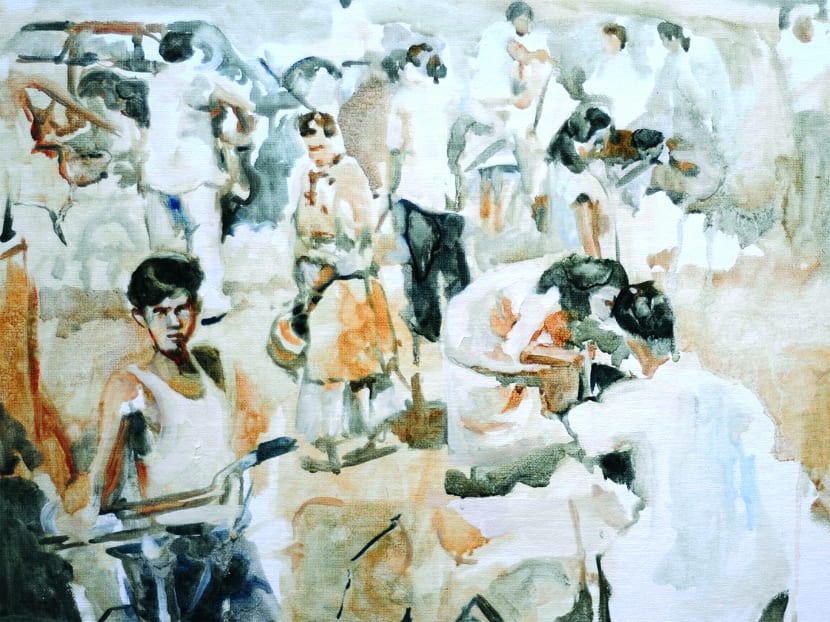
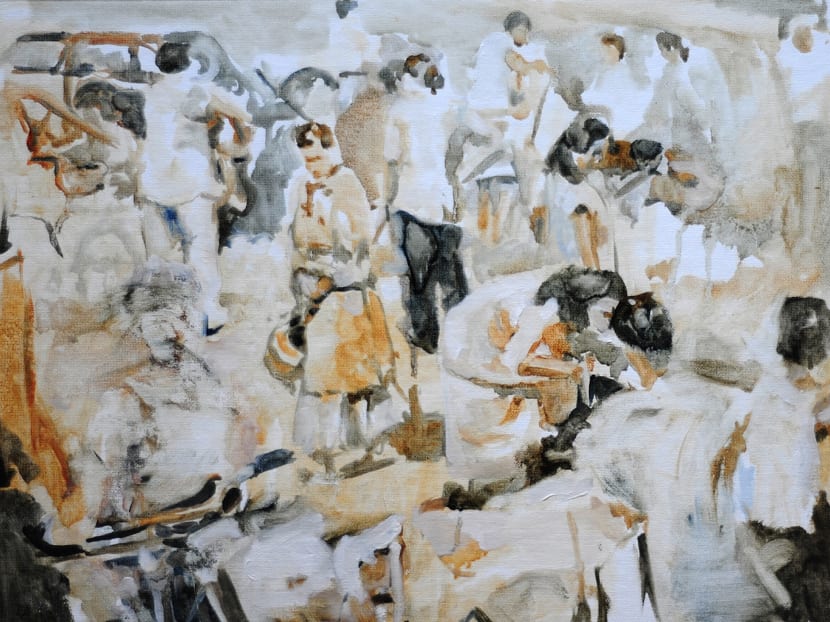
SINGAPORE — There’s a story told about Singapore, one repeated often and loudly enough to become ingrained into collective consciousness. It goes something like this: It was awful, then it got better, particularly within the past 50 years, and it’ll keep getting better, thanks to bold steersmen at the helm.
Of course, the story of millions of people over several generations can’t possibly be so cut and dried. New perspectives, interpretations and questions have emerged over time. And offering their takes are Hilmi Johandi and Joel Yuen, presenting their solo exhibitions at OCBC Centre and 2902 Gallery, respectively.
As its title Sing City suggests, Yuen presents a take on our recent history that’s both direct and broad in scope, addressing ideas as varied as the notion of the garden city and looking at how media representations shape our perceptions.
For the latter, Yuen has mobilised one of the most iconic images of Singapore’s independence — that of Lee Kuan Yew in tears during the announcement of Singapore’s separation from Malaysia. As a large print of a pixelated YouTube screengrab, Yuen deployed the image as a traveling prop of sorts, inviting random people to hold it up for a photograph — a request that some of the participants, perhaps wary of engaging in something political, agreed to only if they remained hidden behind the image of the former Prime Minister.
That aside, the participants and settings on show — deliberately or not — suggest a hint of nostalgia for some kind of authentic everyman’s Singapore: Housing estates and small businesses peopled with school children, migrant workers and other honest, regular blue-collar folk.
Hilmi’s Dusk To Dawn, on the other hand, isn’t nearly as overtly political — with a passing glance, you may be forgiven for coming away with an impression of sepia-tinted street scenes of old Singapore. Drawing largely from mid-20th-century films in Singapore, the paintings take the period as a point of departure, when Singapore transitioned from a colony to an independent nation.
It was a time of acute growing pains, the underlying issues of which continue to have relevance today — issues of class and elitism, for instance, or the rights and roles of women in society.
Each painting revolves around one such issue, condensing a narrative by combining the languages of film and painting into a kind of montage-collage hybrid. Ghostly figures seem to flit about, as suggested by the two painterly stop-motion animations which accompany the paintings. The figures in the works inhabit fractured spaces that obey the rules of film-making and painting, rather than simple physics or perspective — as if multiple places and times were joined at the hip by the laws of storytelling.
Despite the period setting, the series feels almost wholly detached from simple nostalgia. Here, the past is looked at with a more inquisitive eye, though not one that is interrogative or condemnatory, despite the social issues that fuel each piece. It’s a candidly conversational question, instead, which leaves the door open to further discussion, rather than setting a myth in stone. Similarly, Yuen’s probings of nation building, though somewhat coloured by nostalgia, also suggest that we may do well to discuss our past with some frank humour.
Sing City runs until July 5 at 2902 Gallery, #02-02, 222 Queen Street, while Dusk To Dawn runs until June 27 at OCBC Center Branch, 65 Chulia Street. Free admission.





